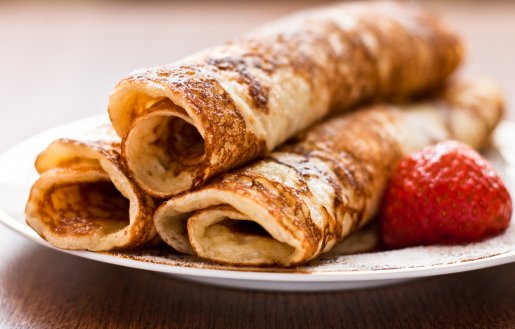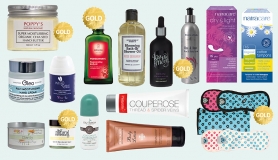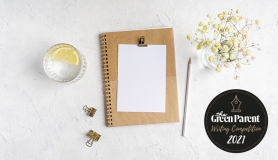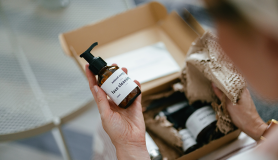Pancake Day on 21st February, also known as “Shrove Tuesday”, “Mardi Gras” or “Fat Tuesday” is celebrated all over the world with merry-making and a lot of eating! The different names reflect the differences in customs that have developed over the years in various places around the world. In the Christian calendar, Shrove Tuesday was traditionally a day for fun and games – a last fling before the long fast of Lent. People made pancakes to use up food items that were forbidden during Lent. Games centre around pancake races and tossing pancakes – activities we still enjoy today.
Try this easy pancake recipe at home
Ingredients
For the pancake mixture:
220g/8oz plain flour, sifted
Pinch of salt
2 eggs
1 pint of milk
50g/2oz butter
Makes about 8 pancakes
Method for making the batter
1. Sift the flour and salt into a large mixing bowl with a sieve held high above the bowl so the flour gets an airing.
2. Make a well in the centre of the flour and break the eggs into it.
3. Whisk the eggs making sure any bits of flour from around the edge of the bowl are mixed in with the egg.
4. Gradually add small quantities of the milk, still whisking
5. Continue whisking until the batter is smooth, with the consistency of thin cream.
6. Melt the 50g/2oz of butter in a non-stick frying pan.
7. Spoon 2 tbsp of the melted butter into the batter and whisk it in.
8. Let the pancake mix stand for at least 30 minutes before cooking.
9. Pour any left over butter into a dish. This will be used later to grease the frying pan after each pancake has been made.
10. Make sure the non-stick frying pan is really hot before adding about 2 tbsp of the batter mixture.
11. As soon as the batter hits the hot pan, tip the pan around from side to side to get the base evenly coated with batter.
12. Carefully lift the edge of the cooked pancake with a palette knife to see if it’s tinged gold as it should be.
13. Flip the pancake over with a pan slice or palette knife to cook the other side
14. Slide it out of the pan onto a plate.
15. Stack the pancakes as you make them between sheets of greaseproof paper on a plate.
Try these different fillings
• Traditional lemon and sugar (or maple syrup)
• Chocolate spread and bananas
• Greek yoghurt, cinnamon, honey and nuts
• Whipped cream and strawberries
• Garlic mushrooms and goat’s cheese
• Roasted butternut squash, spinach and ricotta
• Smoked salmon and crème fraiche
If you want to join in one of the Pancake Day activities going on around Britain, have a look at these:
21st Feb – Great Spitalfields Pancake Race, London
Teams in wacky costumes – from fashionable locals in specially created outfits to construction workers in their hardhats – run up and down Dray Walk, off Brick Lane, flipping pancakes to raise money for charity through sponsorship or a donation on the day. Find out more.
21st Feb – the famous Olney Pancake Race, Buckinghamshire
More than 500 years ago, in 1445, an Olney woman engrossed in making pancakes heard the church bells calling everyone to the service. The story goes that she grabbed her head scarf and ran to church, frying pan and pancake in hand, and a tradition was born. Now the most famous pancake race in Britain, a kiss from the bell-ringer is still the prize for the winner! Find out more.
Recipe from www.projectbritain.com.







